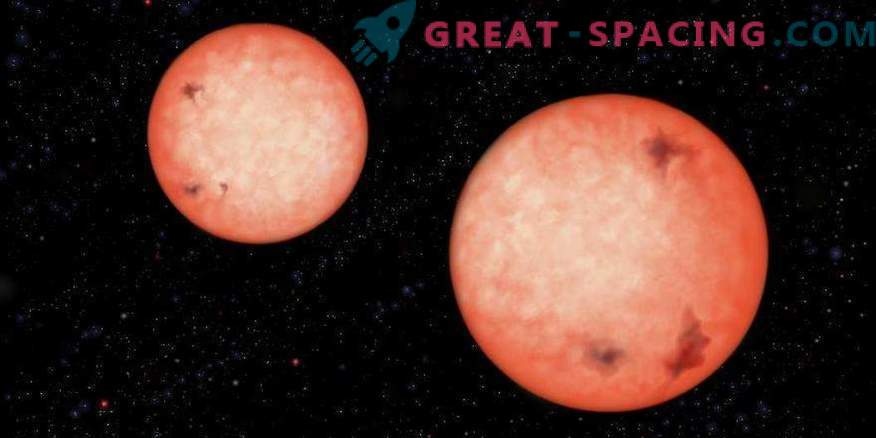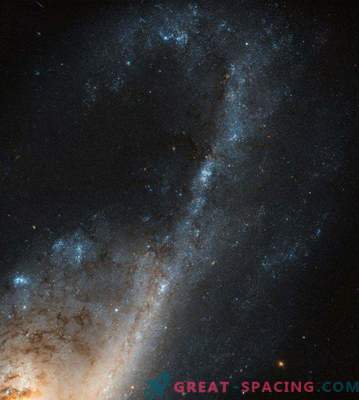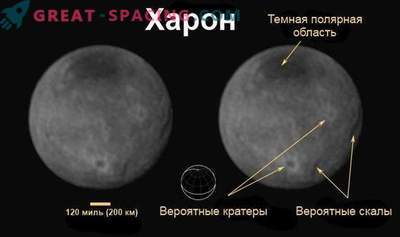
The ALMA image demonstrates a dual protostar system at the beginning of formation. Astronomers have studied 17 multiple systems and found evidence for a disk fragmentation model.
Many solar-mass stars have one or more companion stars. But how and when do they form binary systems and how to solve one of the controversial central astronomical problems?
Researchers know that gravity compresses gas and dust in the interstellar cloud until dense enough lumps form to merge into a star. But how do several stars appear at once in one system? Since the cloud is endowed with a slight rotation, a disk is formed as a result.
There are two main models based on the disk. One says that the disk is fragmented due to gravitational instability, creating a second star. Another model claims that turbulence in a compressed cloud itself fragment bunches into several star systems. In the first case, two stars must be close (less than 600 a. E.). The second option allows both close stars and very distant from each other. A distinctive feature of the turbulent fragmentation process is that the “seeds” for several stars appear in the early stages of the pre-stellar stage. The scientists decided to use the VLA and ALMA for a careful review of the 17 protostar systems with several stars in the near Perseus cloud.
Sensitive instruments made it possible to examine the medium of stellar systems and determine the presence of any small-scale rotation or surrounding material. 12 systems could be resolved spatially, and 8 showed patterns of dust emission around the pair. Some of the more advanced systems in the sample did not demonstrate any evidence of the presence of rotating dust, as they most likely have already reached the final point of early evolution.
As a result, about 2/3 of star systems are consistent with the theory of disk fragmentation, and 1/3 are not. The analysis suggests that the disk fragmentation mechanism plays an important role, but not in the whole story. For a deeper understanding of the topic, you will need to get a large sample and limit the processes.











































